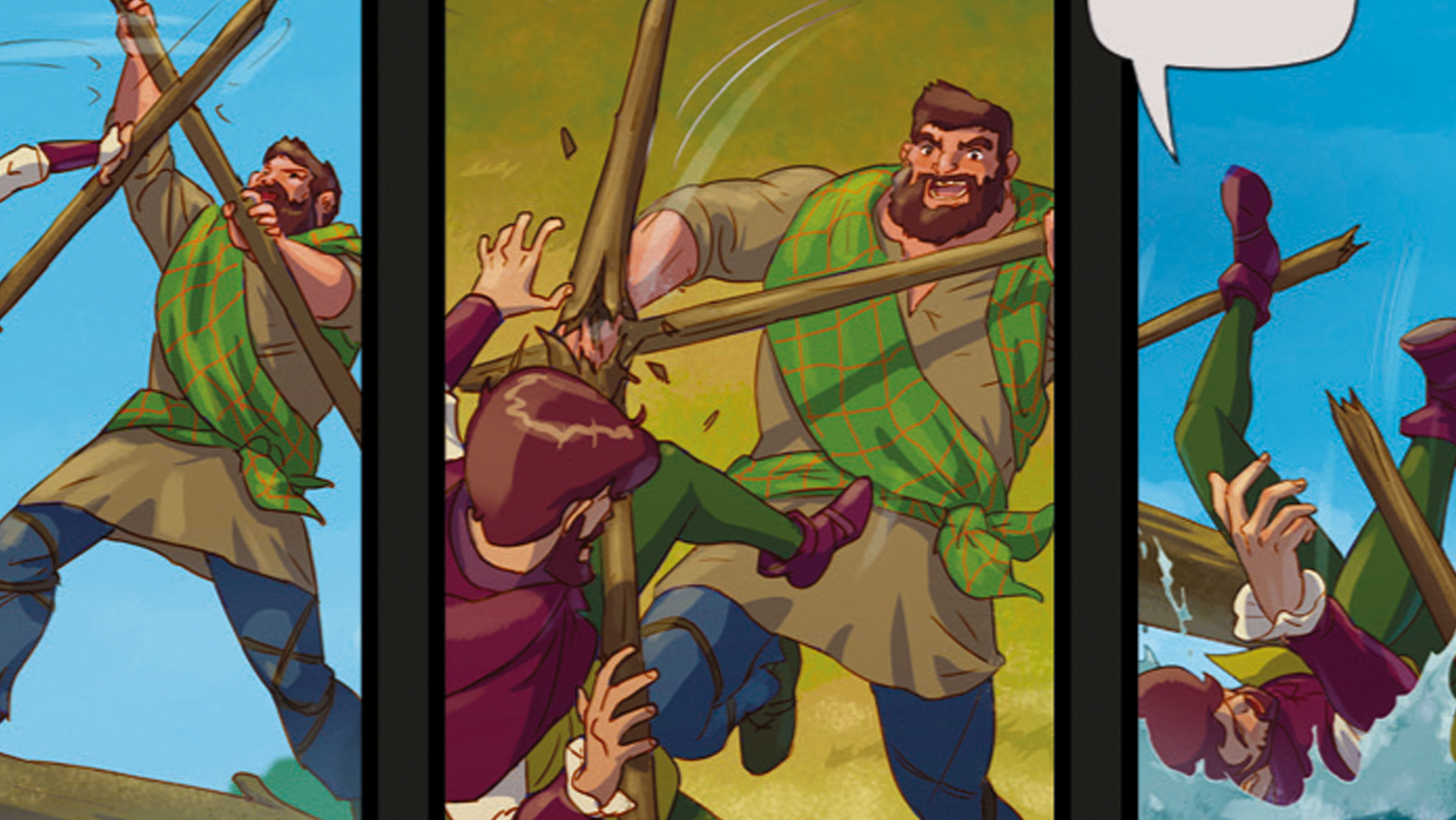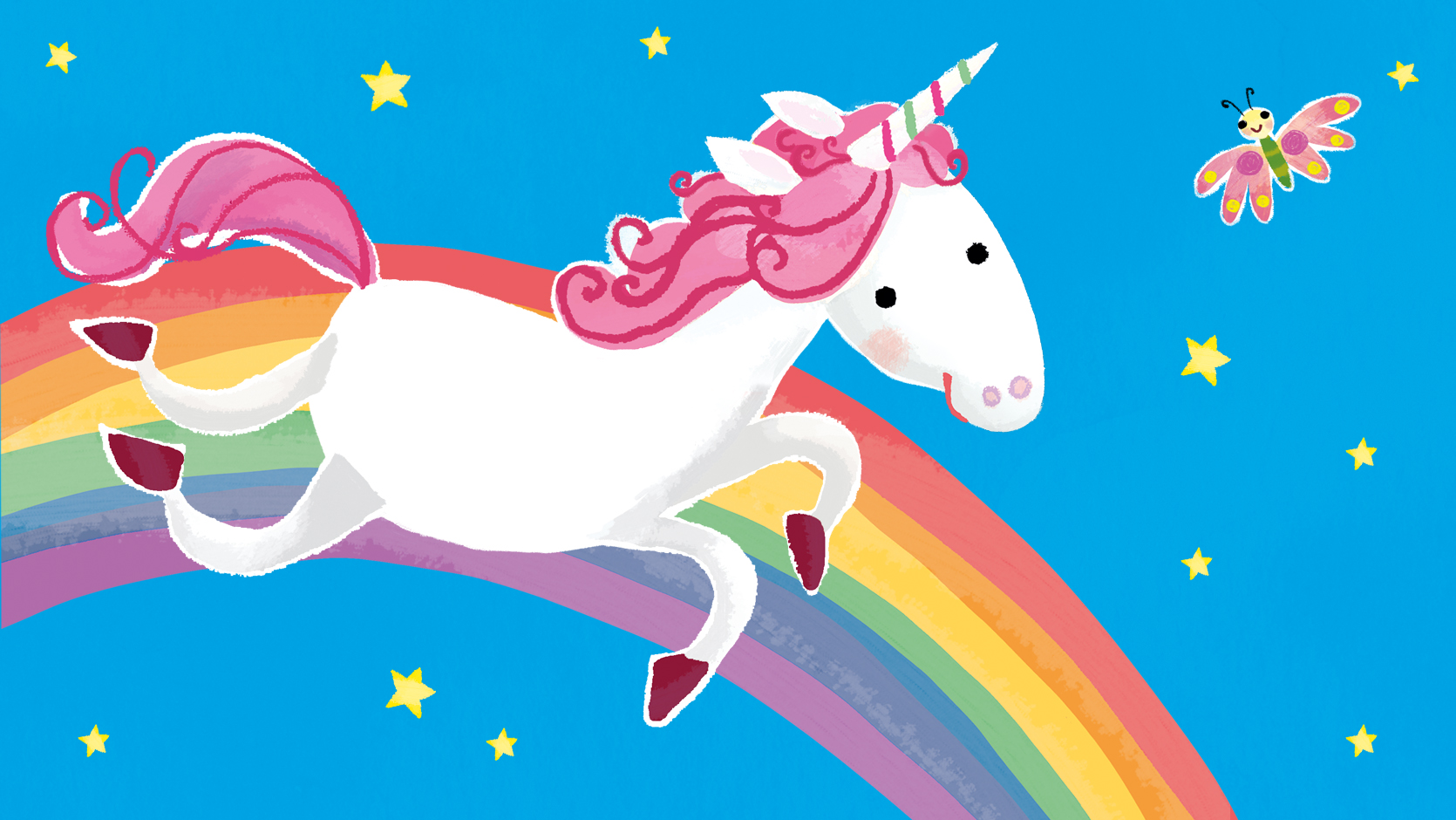- Behind the scenes at Usborne
Graphic novels: bringing classic tales to life

Russell Punter, author of the new Robin Hood and King Arthur graphic novels, reveals how he transformed classic stories into action-packed comics strips.
The legends of Robin Hood and King Arthur are classic favourites that I've always loved, and I was very excited to work with some fantastic illustrators, including Matteo Pincelli, Valentino Forlini and Andrea Da Rold, to create these graphic novels.
The stories also feature plenty of action – something that’s essential for comic strips if you want to hold your audience’s attention, especially reluctant readers who are put off by pages of text.
Robin Hood and King Arthur are both stories that people are familiar with, but there’s no definitive book or play. As such, it gave me room to emphasise some parts of the tales and play down others, depending on how well they suited the comic strip format.

Russell Punter
Coming from a design background, I was able to visualise each comic strip panel in my head as I wrote the dialogue for the speech bubbles. This makes the whole process much quicker than working with a separate designer, as it removes the need for text to be adjusted if it doesn’t work with the image or vice versa.
I also wrote a mini brief, or storyboard, for the illustrator for every panel in the story and it was uncanny how, in most cases, their artwork matched almost exactly the picture I had in my mind’s eye.
The evolution of two pages in Robin Hood, from Russell's original design to final artwork:




As this is Usborne’s first venture into the world of graphic novels, we decided to consult an expert in the subject to cast an eye over things. I thought I’d aim high – and was pleasantly surprised when Mike Collins said he was more than happy to help. As well as being a vastly experienced comic book artist who’s drawn nearly all the major characters from Superman to Judge Dredd, Mike is also in huge demand as a storyboard artist, working on TV shows as Doctor Who and Sherlock.
Mike checks the illustrators’ pencil sketches and offers suggestions for alterations or improvements. These can range from changing angles to pointing out when characters are ‘crossing the line’, that is to say changing position in a distracting way from picture to picture. Fortunately he doesn’t usually need to make a lot of comments, but those he does make are always invaluable.


Pages from Graphic Classics: Dracula, illustrated by Valentino Forlini
Adapting novels like Dracula, the first in the Graphic Classics strand, is in some ways harder than legends such as Robin Hood, as you can’t stray too far from the original story that people know and love. This can be tricky as there’s a limit to the number of pages in our adaptations.
I wanted to keep as much of the author’s story, firstly out of respect and secondly because if you start cutting out too much you can soon find that the whole plot falls to pieces in front of you.
Ideally what you’re looking for in terms of source material is authors who either wrote short books (not very common in Victorian classics – they liked a long read) or who included sub-plots that can be removed without any major effect on the rest of the story.
Whether they’re ‘Legends’ or ‘Classics’, this new range of graphic retellings will introduce readers to exciting stories in a way that’s easy to read and entertaining. Who knows, they might even inspire them to check out the originals.





